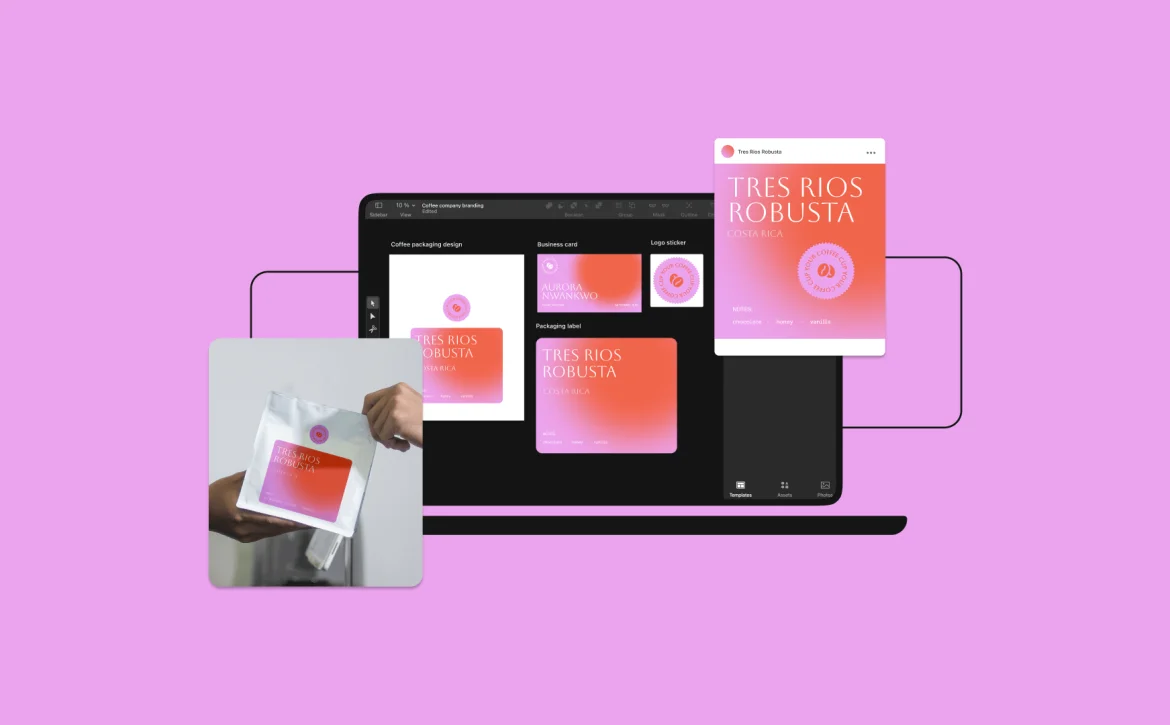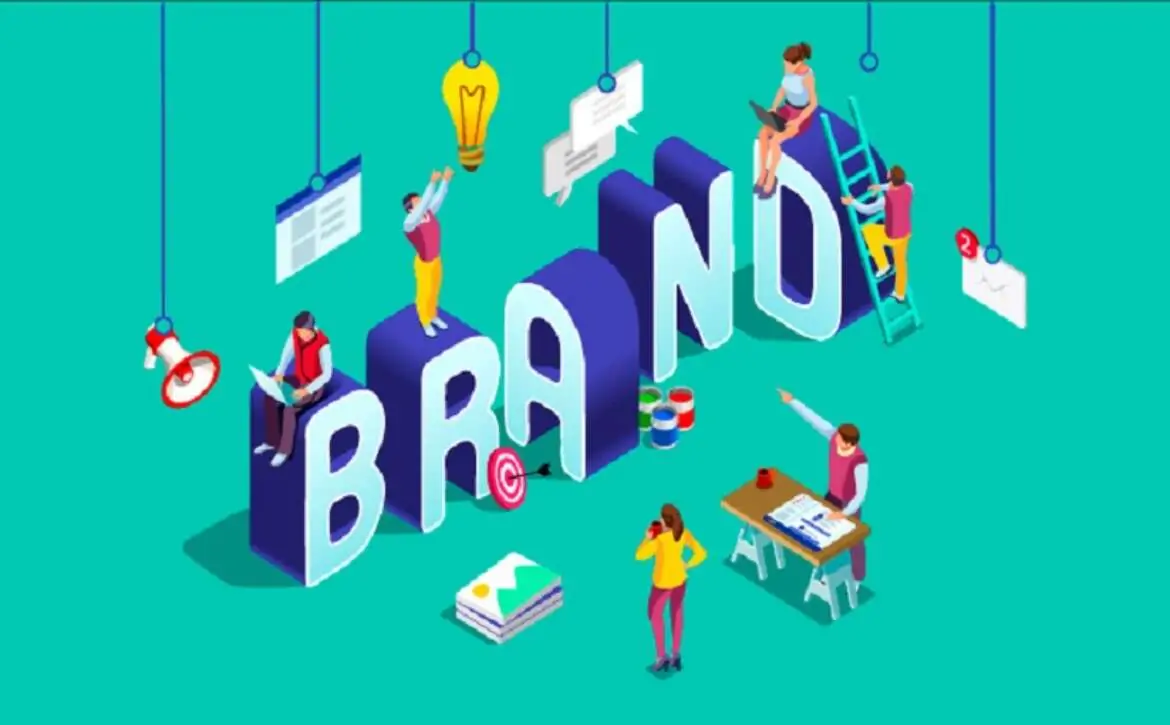Why Graphic Design for Branding Matters More Than Your Logo
Think for a moment about the last time you came across a brand that made you stop scrolling or pause mid conversation. It probably was not just the name of the company or even its logo that caught your attention. What lingered was a feeling, an impression built through colors, typography, imagery, and the overall mood that the brand carried. Therein lies the real potential of “best graphic design for branding.” Imagine entering a space where each element has been thoughtfully selected to convey a certain personality. The wall colors, the way the furniture is arranged, the artwork, even the lighting, all come together to create an experience.
This is exactly what happens when a business invests in thoughtful graphic design branding. Graphic design branding does more than decorate. From packaging and websites to social media posts and presentations, the design choices you make are whispering something about who you are and what you stand for. Done right, these choices build trust and recognition that no single logo can achieve on its own. This article will explore why graphic design branding matters more than a logo. You will also discover useful insights, branding design examples, and practical tips, along with resources like graphic design for branding pdf guides and templates that can help you strengthen your brand presence.
The Role of Graphic Design for Branding
A strong design strategy communicates values, personality, and promises in ways that words alone cannot. Think of color palettes that instantly spark emotion, or typography that feels bold, elegant, or playful. Each of these design choices becomes a silent ambassador for your brand. When a customer sees consistent visuals across different touchpoints, they begin to associate certain qualities with your brand. For instance, a clean minimalist design suggests sophistication, while vibrant and bold designs reflect energy and creativity. This consistency helps customers recognize you quickly and builds trust over time.
Why a Logo is Not Enough
Without the surrounding context, expressions, and actions, a face is just an image. Similarly, a logo without supporting design elements feels incomplete. Your audience does not connect with a logo by itself. They connect with the mood your visuals create, the emotion sparked by your color choices, and the trust built by consistent presentation. This is why investing in the best graphic design branding goes far beyond sketching a clever icon.
Building a Complete Brand Identity
A complete brand identity includes typography, imagery, patterns, and layout styles that work together like pieces of a puzzle. Consider how top businesses maintain a recognizable look across packaging, websites, social posts, and even physical products. This harmony makes the brand unforgettable. If you are looking to create your own cohesive style, exploring a graphic design for branding template can be a great starting point. Templates provide structure while still leaving room for creativity, ensuring that your materials look polished and professional across platforms.
Learning from Real Life Examples
It helps to look at graphic design for branding examples from well known companies as well as small businesses. Notice how certain brands stick to very specific colors or image styles. Even if you cover their logo, you can often guess who they are because the design elements are that consistent. Branding design examples show us that success lies in details. The shape of an icon, the thickness of a line, or the placement of white space all influence how people perceive a brand. Observing these examples can inspire you to experiment and refine your own identity.
Accessible Resources to Get Started
From downloadable graphic design branding pdf guides to ready made templates, you can learn, experiment, and create without heavy costs. These resources are especially helpful for entrepreneurs, bloggers, or small businesses who want to establish a professional presence quickly. A little consistency in design can make your brand appear more reliable and appealing.
Graphic Design for Branding: Emotional Connection Through Design
At the heart of branding lies emotion. Graphic design taps into this emotional layer by shaping mood and atmosphere. Soft pastel tones may feel calming and nurturing, while high contrast black and white can feel powerful and bold. This emotional connection is what transforms customers into loyal supporters.
In the end, “graphic design branding” is about communication, not decoration. A logo may be a starting point, but the real magic lies in the system of visuals that surround it. From templates and pdf guides to free graphic design for branding tools and inspiring branding design examples, there are endless ways to bring your brand to life. If you want people to remember your business, focus on creating a consistent visual language that reflects your values and personality. That is what will set you apart, build trust, and ensure your brand lives in the minds and hearts of your audience long after they have seen your logo.




